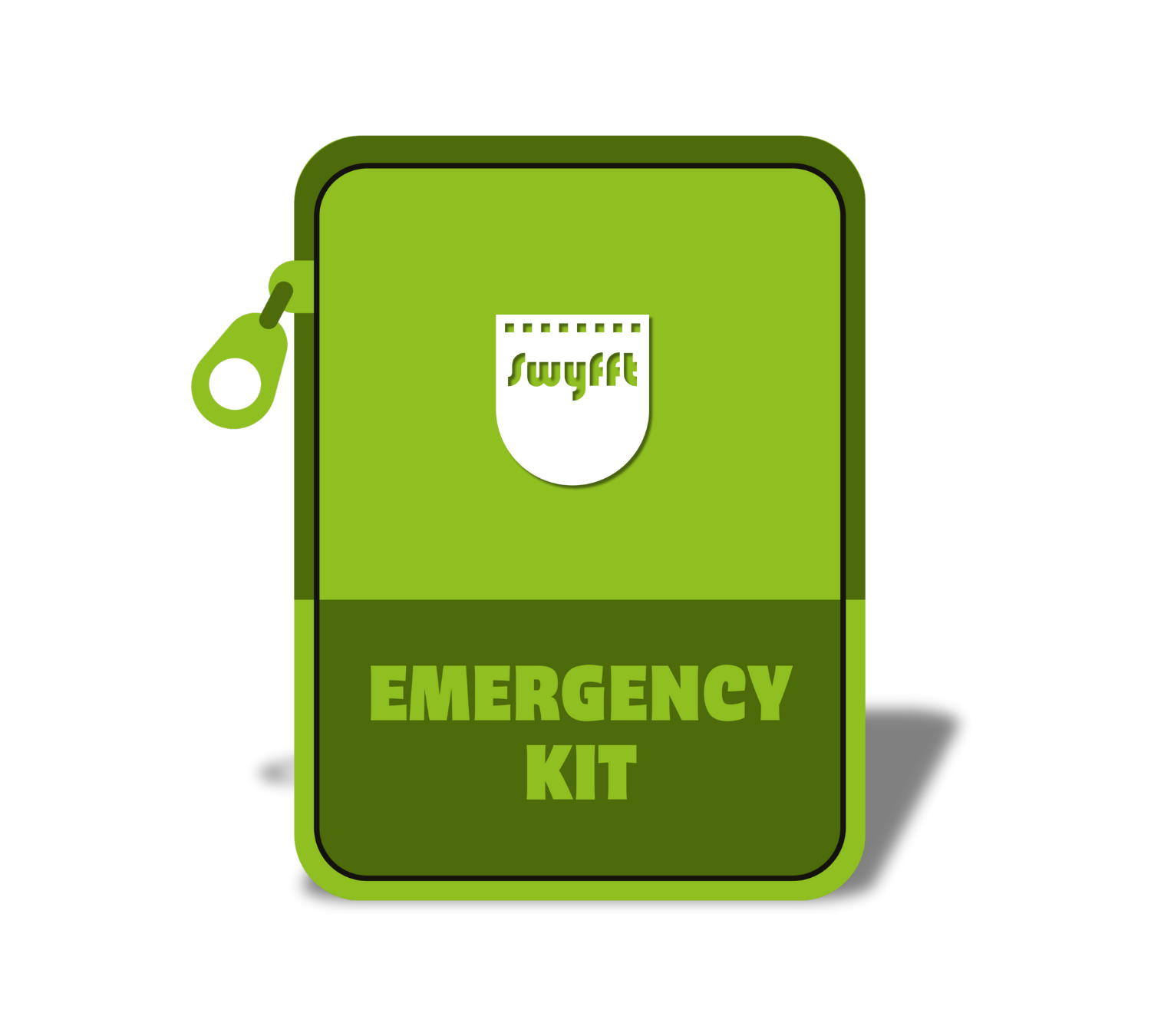Yesterday marked the official start of hurricane season, and it’s shaping up to be an active one. NOAA (that’s the National Oceanic and Atmospheric Administration) has released its seasonal outlook, and let’s just say… it’s a good time to double-check your storm prep list.
- 13 to 19 named storms (winds of 39 mph or higher)
-
6 to 10 hurricanes (winds of 74 mph or higher)
-
3 to 5 major hurricanes (Category 3, 4, or 5; winds of 111 mph or higher)

These numbers are above the seasonal averages, so it’s essential to be prepared – and now’s the perfect time to get ahead.
Step 1: Start Prepping Your Home
Even if you’re not in a coastal area, strong winds, heavy rain, and power outages can still affect you. Here’s how to get your house storm-ready:
-
Trim trees and secure loose outdoor items
Flying patio furniture and rogue branches are a no-no. -
Check your roof and gutters
Make sure shingles are in place and gutters are clear so water flows away from your home. -
Install storm shutters or board up windows
If shutters aren’t in the budget, pre-cut plywood is a good backup. -
Inspect and reinforce doors and garage doors
A failed garage door can lead to serious internal damage.
Swyfft Tip: Snap photos of your home now—they’re helpful for reference in case you need to file a claim later.
Step 2: Review Your Insurance Coverage
Before hurricane season ramps up, take a few minutes to review your insurance policies.
-
Homeowners Insurance – Make sure wind damage is covered and check your hurricane or windstorm deductible.
-
Flood Insurance – This is NOT included in standard policies. If you don’t have it, now’s the time to consider it—flooding can happen far from the coast.
-
Personal Property Coverage – Make sure your belongings are insured at replacement cost and that high-value items (like electronics or jewelry) are covered adequately.
Step 3: Be Ready to File a Claim (Just in Case)
Nobody wants to think about filing a claim, but knowing what to do ahead of time can make the process smoother if it comes to that. Here’s how to be ready:
-
Know your policy number and carrier contact info
Save it in your phone or a waterproof folder. -
Take photos and videos of damage right away
The more documentation, the better. -
Don’t toss damaged items too soon
Unless they’re hazardous, hold onto them until an adjuster sees them. -
File your claim as soon as it’s safe to do so
You’ll usually be able to do this online or by phone.
At Swyfft, our Claims Portal gives you the tools to take charge. Whether you’re checking out our simple claims process or exploring our trusted repair network, our claims page has everything you need to make filing fast and stress-free—just in case you ever need it.
Step 4: Build a Better Emergency Kit
Think of your emergency kit as your home’s “go bag.” It should be ready to use whether you’re sheltering in place or evacuating. Here’s what to include:
Essentials:
-
Drinking water (1 gallon per person per day for at least 3 days), non-perishable food (3-day supply minimum), and a manual can opener
-
First aid kit, flashlights and extra batteries
-
Battery-powered or hand-crank weather radio, and cell phone chargers (including battery packs or solar chargers)
-
Prescription medications
-
Copies of important documents (insurance info, IDs, medical records)
-
Cash (ATMs may be down)

Step 5: Have an Evacuation Plan
If local officials say it’s time to go, don’t wait. Have a plan in place ahead of time:
-
Know your evacuation zone
-
Plan your route and backup routes
-
Choose where you’ll go (friend’s house, hotel, shelter)
-
Gas up your car and pack a go-bag in advance
-
Don’t forget pets—they need a plan, too
Final Thoughts: Stay Proactive
With an above-normal hurricane season on the horizon, being proactive is your best defense. Review your insurance, prep your home, and know what to do just in case. Even if you don’t get a direct hit, you’ll sleep better knowing you’re ready!
